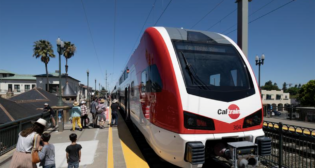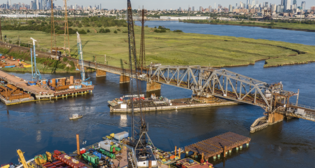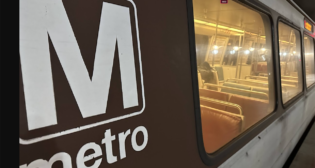
SF Third Street LRT route gets FTA funds
Written by Douglas John BowenTransportation Secretary Ray LaHood Thursday officially affirmed $942.2 million in Federal Transit Administration funds to extend San Francisco's Third Street light rail system through the city's Chinatown neighborhood.
LaHood was joined at an official grant signing ceremony by California congressional representatives, including House Minority Leader Rep. Nancy Pelosi (D), Sen. Dianne Feinstein (D), and Rep. Jackie Speier (D). San Francisco Mayor Ed Lee, and FTA Administrator Peter Rogoff, along with state and local officials, also were present.
Federal funding for the project is provided to the San Francisco MTA through FTA’s Capital Investment Program (New Starts). The $1.6 billion project will extend Muni LRT service by 1.7 miles of the T-Third line from the 4th Street Caltrain Station to Chinatown, and includes construction of four new stations, three of them underground. It also will unify the city’s public transit network by connecting Chinatown with existing Bay Area Rapid Transit (BART) rail service, Caltrain, and other services.
A portion of the T-Third Street line was completed in late 2006, with revenue service phased in during early 2007, adding LRT service from the Caltrain station in Mission Bay to Visitacion alley and Bayview/Hunters Point. FTA said once the Chinatown extension opens, projected ridership along the entire 6.8-mile T-Third line is estimated to be 43,700 daily boardings per weekday, the highest ridership in the system.
“San Francisco’s light rail system already plays a vital role in connecting hard-working families, seniors, and visitors with the city’s major employment and medical centers, colleges, and recreational facilities,” LaHood said. “This project to extend the line even further reflects the Obama Administration’s commitment to making smart investments in our nation’s transit infrastructure.”
“This project will bring much-needed relief to tens of thousands of riders who have had to wait in long lines and squeeze onto over-crowded buses in one of the most densely populated urban communities in the country,” said FTA’s Rogoff. “It will also provide a lifeline to many low-income residents who do not own cars, and are looking for an affordable and efficient route into the downtown business district and beyond.”



